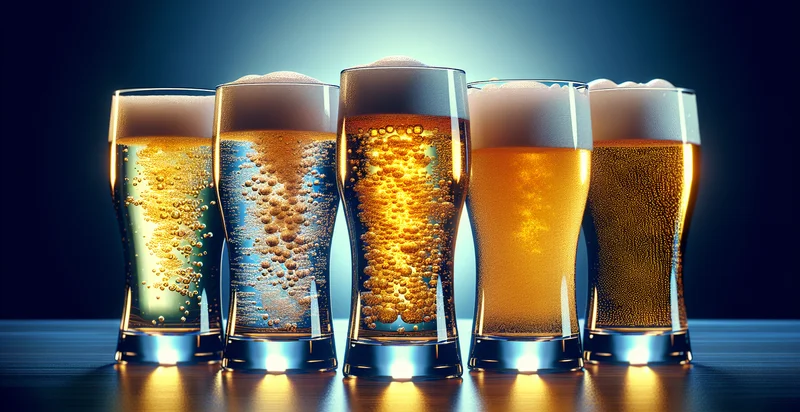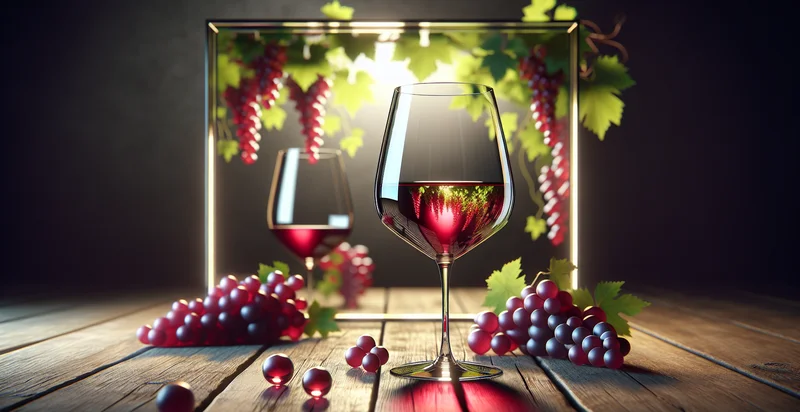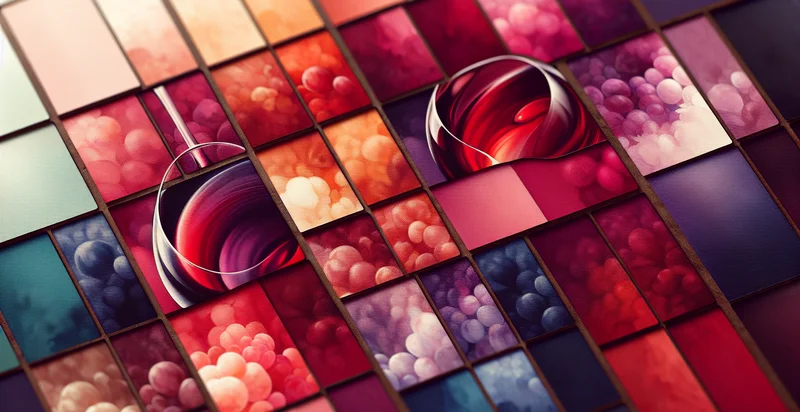Identify wine carbonation levels
using AI
Below is a free classifier to identify wine carbonation levels. Just upload your image, and our AI will predict if the wine is carbonated or not - in just seconds.

Contact us for API access
Or, use Nyckel to build highly-accurate custom classifiers in just minutes. No PhD required.
Get started
import nyckel
credentials = nyckel.Credentials("YOUR_CLIENT_ID", "YOUR_CLIENT_SECRET")
nyckel.invoke("wine-carbonation-levels", "your_image_url", credentials)
fetch('https://www.nyckel.com/v1/functions/wine-carbonation-levels/invoke', {
method: 'POST',
headers: {
'Authorization': 'Bearer ' + 'YOUR_BEARER_TOKEN',
'Content-Type': 'application/json',
},
body: JSON.stringify(
{"data": "your_image_url"}
)
})
.then(response => response.json())
.then(data => console.log(data));
curl -X POST \
-H "Content-Type: application/json" \
-H "Authorization: Bearer YOUR_BEARER_TOKEN" \
-d '{"data": "your_image_url"}' \
https://www.nyckel.com/v1/functions/wine-carbonation-levels/invoke
How this classifier works
To start, upload your image. Our AI tool will then predict if the wine is carbonated or not.
This pretrained image model uses a Nyckel-created dataset and has 2 labels, including Sparkling and Still.
We'll also show a confidence score (the higher the number, the more confident the AI model is around if the wine is carbonated or not).
Whether you're just curious or building wine carbonation levels detection into your application, we hope our classifier proves helpful.
Related Classifiers
Need to identify wine carbonation levels at scale?
Get API or Zapier access to this classifier for free. It's perfect for:
- Quality Control in Winemaking: This function can be employed in wineries to automatically assess the carbonation levels of wines during the production process. By ensuring that the carbonation aligns with specific quality standards, winemakers can maintain product consistency and enhance customer satisfaction.
- Product Labeling Compliance: Wine producers can utilize the carbonation level identification system to ensure compliance with labeling regulations. Accurately determining carbonation levels allows producers to provide truthful information on product labels, enhancing transparency and trust with consumers.
- Consumer Preference Analysis: Retailers can analyze the carbonation levels of wines purchased by consumers to identify trends and preferences in the market. This data can guide inventory decisions, marketing strategies, and the selection of new products tailored to consumer tastes.
- Competitive Benchmarking: Wineries can perform comparative analysis on their products versus competitors by assessing carbonation levels. Understanding where their offerings stand can help them adjust recipes and marketing tactics to appeal to target demographics.
- Marketing Campaign Optimization: By identifying specific carbonation levels preferred by different demographic segments, wineries can create targeted marketing campaigns. Tailoring promotions based on carbonation preferences can improve campaign effectiveness and increase sales.
- Enhanced Product Development: This identification function can assist wineries in developing new products by ensuring they hit desired carbonation levels during experimentation. It supports innovation while minimizing the chances of producing undesirable variations in flavor and texture.
- Academic and Industry Research: Researchers can use the carbonation level identifier to study the effects of carbonation on wine aging and flavor profiles. The data collected can contribute to academic knowledge and industry best practices, ultimately helping to refine winemaking techniques.


